THE AZTEC EAGLES OF WWII 🇲🇽
By Bryan D. Carnes, National Museum of the U.S. Air Force / Published March 02, 2010
Related Fact Sheets
Mexican Air Force Aircrews
Airmen in a World at War
DAYTON, Ohio — In a dedication ceremony held Feb. 26, 2010, the museum revealed their newest feature, “The Mexican Air Force.” This exhibit is dedicated to Mexico’s Escuadrón 201, commonly referred to as the Aztec Eagles, which fought alongside the United States forces during World War II. It is part of the growing display of “Airmen in a World at War” exhibit located in the Air Power Gallery.
It is a little known fact that Mexico, which declared war against Japan, Germany and Italy on May 28, 1942, fought alongside the United States in the South Pacific during World War II. The President of Mexico, Manuel Avila Camacho, accepted a U.S. invitation to provide Mexican air force units in the war against Japan after breaking off diplomatic relations with those countries shortly after the Japanese attack on Pearl Harbor.
Terry Aitken, senior curator of the National Museum of the U.S. Air Force, noted that these treatise included agreements for the unlimited reciprocal use of airfields and facilities as well as the establishment by the U.S. Army Air Forces of a number of bases in Mexico to train personnel.
In the summer of 1945, airmen of the Mexican air force flew combat missions along with their American Allies. Mexico’s Escuadrón 201, equipped with Republic P-47D Thunderbolt fighter aircraft, distinguished themselves in providing close air support to American ground units as well as long-range bombing strikes deep into Japanese held territory.
Lt. Col. Jose Nunez, Mexico’s Foreign Liaison Officer from the Air Force Security Assistance Center at Wright-Patterson Air Force Base, stated during the exhibit opening ceremony, “The outstanding work made my those men [Escuadrón 201] demonstrated that good things can only be achieved with leadership, teamwork and sacrifice; fighting side-by-side and shoulder-to-shoulder.”
Consisting of 33 pilots and over 270 support personnel, this unit, along with a Mexican Expeditionary Air Force (Fuerza Aérea Expedicionaria Mexicana) headquarters, moved to the Philippine Islands in February 1945. In March of 1945 the Escuadrón 201was attached to the U.S. 5th Air Force and the 58th Fighter Group which was based at Porac, Luzon. The 58th Fighter Group merged the Escuadrón 201 into combat operations and provided invaluable support to the new unit during its first combat missions.
In early July 1945 the 58th Fighter Group deployed to Okinawa and the fully operational Escuadrón 201 assumed full responsibility for air operations in its area. It provided not only close in ground support to the advancing U.S. 25th “Tropic Lightning” Division and Philippine Army units on Luzon, but also strenuous and dangerous seven hour long-range fighter strikes on strategic Japanese targets on the island of Taiwan.
Lt. Col. (Ret.) Justino Reyes Retana, one of only three remaining Aztec Eagles from WWII, was unable to make the trip to the exhibit opening ceremony, however, his son, Lorenzo Reyes Retana, relayed a message, “I was honored to be recognized by the National Museum of the U.S. Air Force for the work which the Aztec Eagles did, and this space will serve as a reminder of our efforts and job we did for generations to come.”
During its operational history the Escuadrón 201 flew 795 combat sorties, accumulated nearly 2,000 hours of combat flying and sadly lost seven pilots. The Escuadrón 201 remains the only military unit in the history of Mexico to engage in combat outside of its national borders.
The National Museum of the United States Air Force is located on Springfield Street, six miles northeast of downtown Dayton. It is open seven days a week from 9 a.m. to 5 p.m. (closed Thanksgiving, Christmas and New Year’s Day). Admission and parking are free.
30
NOTE TO PUBLIC: For more information, contact the National Museum of the U.S. Air Force at (937) 255-3286.
NOTE TO MEDIA: For more information, contact Bryan D. Carnes at the National Museum of the U.S. Air Force Public Affairs Division at (937) 255-1376.
Photo 1: Escuadrón 201 pilots prior to flying a combat mission in the Philippines. The Mexican aircrews are using standard issue U.S. flight uniforms and equipment. (U.S. Air Force photo)
Photo 2: U.S. Air Force, Philippine Army and Mexican Air Force members admire the representation of “Panchito Pistoles”, the mascot of the Escuadrón 201, painted on a wing fragment of a Japanese aircraft. “Panchito Pistoles” stared in the Walt Disney film “The Three Caballeros” and was adopted by their unit. (Courtesy photo)
Photo 3: Captain Radames Gaxiola Andrade stands in front of his P-47D with his maintenance team after he returned from a combat mission. (Courtesy photo)
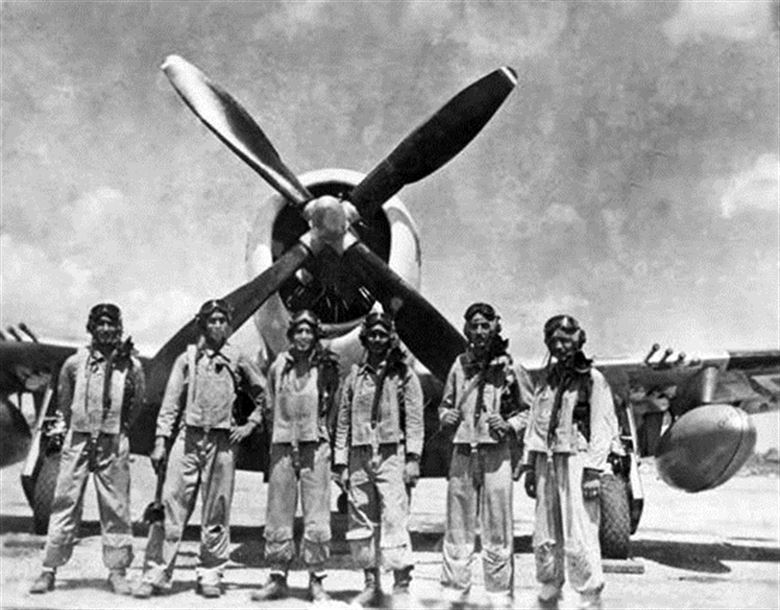

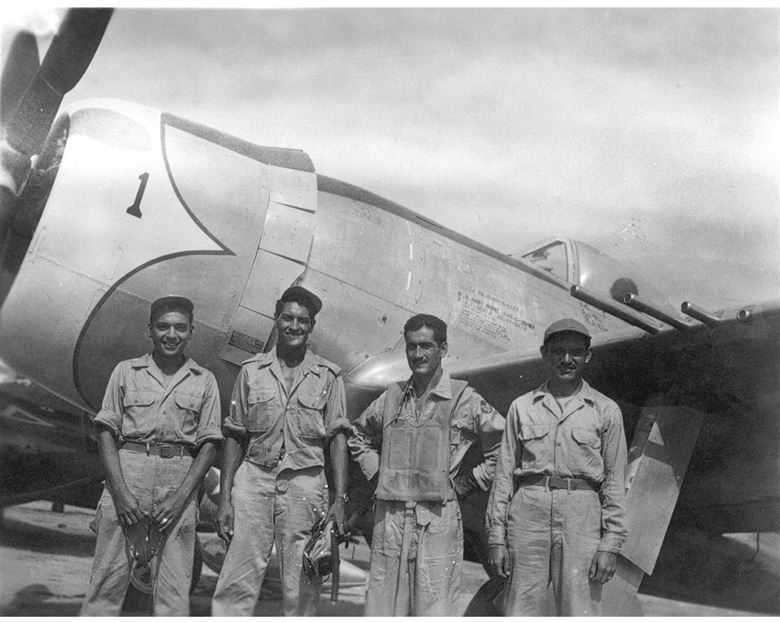


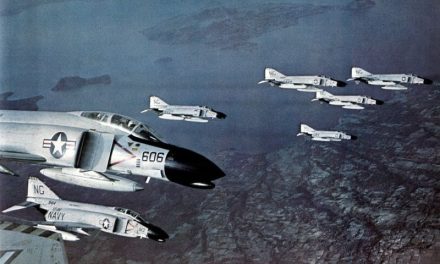
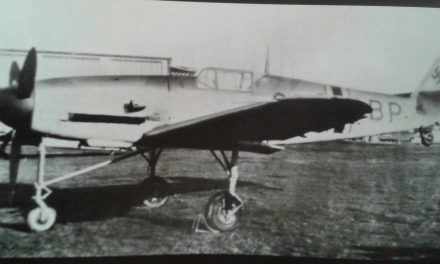
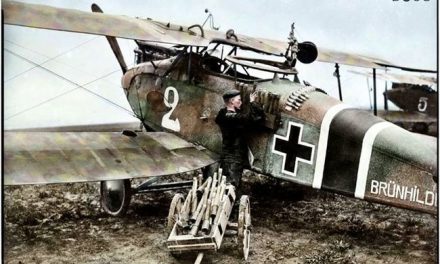
Recent Comments